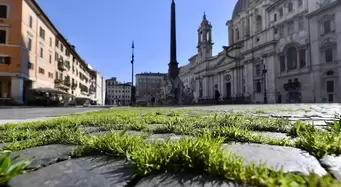 Will Piazza Navona become a lawn? Will Piazza Navona become a lawn? Today, April 22nd is Earth Day's fiftieth anniversary. In Italy, Earth Day is called Villaggio per la Terra (Village for the Earth), along with the philosophy that it does take a village to heal Mother Earth. As we humans are battling the COVID-19 virus, we find the opposite with Mother Nature... she is healing herself while we all stay at home, stop driving our vehicles and factories and businesses slow to a halt. We are using gasoline at such low levels that this week crude oil prices were became literally worthless--trading prices went under one cent per barrel! The air has 45% less carbon emissions since our world-wide stay-at-home began. Rivers and the sea are looking cleaner, evidenced by the canals and lagoon of Venice suddenly becoming clear, with jellyfish and dolphins swimming around. Wild boars and goats roam the streets of Italian towns. All over Italy you can see the change--Nature taking over. In the empty Piazza Navona, grass has even started growing! And perhaps the waters of Venice are a bit clearer considering the usual number of 30,000 tourists a day dumped onto its islands are gone and not using the toilets, which in many cases, drain directly into the canals. Cruise ships alone release over one billion gallons of sewage into the ocean every year! And for now, at least, they've stopped. Will there be lessons learned from less driving, less cruise ships and less tourists all battling to occupy the same "must see" spots in Italy and around the world? Time will tell... Happy Earth Day, tutti! --Jerry Finzi Watch the video below to see how the air pollution over Italy and Europe has lessened during the COVID-19 shutdown.... The Physical Closeness of the Italian People One of the most obvious cultural events a visitor to virtually any town or village in Italy notices is a simple one: la passeggiata--the evening stroll. This isn't really an event. It's a cultural, daily habit of the Italian people. Instead of staying in each evening, families, friends and neighbors venture out and stroll together in the largest viale, piazza or strade principali. They stroll for social reasons. To be seen and to see. To stop with neighbors and listen to the latest political news or local gossip. They dress their best, as is the custom of la bella figura. They show off their new clothes, shoes or hairdos. They will see how pregnancies are progressing and show off how well the bambini are growing and flaunt their new puppy. Young teens fare la civetta (make like an owl, or flirt) and older singles check out who is available and perhaps meet up for an aperitivo in a street side cafe or some gelati. Both men and women will stroll arm in arm. When neighbors and cousins or school friends meet, they embrace and kiss, not once, but twice on both cheeks. They talk with their hands, often very excitedly, waving arms and making both subtle and dramatic arm and hand movements, oven combined with facial expressions or huffs and puffs. This is the language that runs the length of the boot from North to South. The Morning Ritual Each morning, millions of Italians have their breakfast standing up, shoulder-to-shoulder in local bars. The bar in Italy is not what you think. While they do serve a certain amount of wines and spirits, they are the place where Italians have breakfast: espresso and a sweet bread or tart, the most popular being a the crescent shaped cornetto. They have tarts, cakes, breads, and even sandwiches or pizza for lunch. They sip their strong espresso or cappuccino and have a morning snack while reading the paper or chatting with neighbors or work-mates. This is a social event at the beginning of each day. Long Lunches at Home Most Italians don't have lunch in restaurants. Most simply prefer to go home for riposa, that 3 hour lunch period from 12 noon until 3pm. Traditionally, pranzo (lunch) is considered the most important meal of the day. Even if they wanted to go to a restaurant for lunch, unless they are in a large city, like Rome or Florence, restaurants are also closed at noon. Italians prefer to spend the hot midday with close family at home and prepare hearty meals, and resting before returning to work. This affords even more hours that la famiglia spend together in close quarters... unlike Americans, who barely eat dinner together at the dinner table. Closeness of la Famiglia Another type of closeness is la famiglia itself. Although the average number of children Italians have is two, la famiglia living in one house or apartment are larger than you might assume. Aging family members in Italy are usually taken care of by younger generations, with sometimes as many as three generations living together in the same house--Nonna and Nonno, Mama and papà, i bambini and sometimes even an aunt or uncle or two. On weekends, extended families get together for pranzo di Domenica (Sunday lunch), either at a relative's home or a local agriturismo. When they eat outside the home, they all gather at long, family style tables, often seating 15-20. Often the meals are communal, served up in large trays or bowls, portions spooned out as needed. On some special holidays, such as during Natale, communal recipes like Polenta alla Spianatora is served on a bread board, with family members scraping polenta and sausages directly from the large board with their own forks. Crowded Sagre, Festivals and Events All throughout the year, regardless of season or region, there are literally thousands of festivals and sagre (food themed festivals) in Italy. Some estimates put the number of sagre at over 42,000! There are celebrations for nearly every type of cheese, wine, nut, berry, meat and pretty much everything else that can be grown and turned into something to eat, and nearly every type of animal: almonds, prosciutto, oranges, wild boars, donkeys, horses, Grappa, bread, pasta, chocolate, olives, fish... you name it, and there's probably a sagra to celebrate. As in the photo above, many events employ long family style tables for friends and strangers to dine together in the streets. 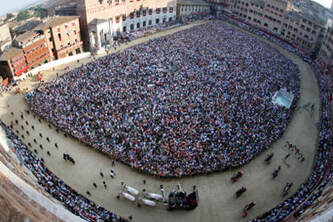 The crowds at the Siena Palio The crowds at the Siena Palio Then there are thousands of events like the Palio in Siena, that insane bareback horse race where 17 neighborhoods compete. Over 40,000 people jam pack into the Campo to experience this race. Then each contrada (neighborhood) have communal dinners for thousands on the streets. Take this one event and multiply by literally thousands... all over Italy, Sicily and Sardinia. People communing together, shoulder to shoulder. Living, loving, eating, drinking, dancing, soaking in la Vita Bella. Imagine how crowded the Venice and Viareggion carnevale are each year. Now picture the seasonal markets. And the New Year's Eve crowds and rock concerts. Over 60 million Italians crushing, standing, chanting, singing, eating, marching... tutti insieme (all together). Italy Has a Vulnerable Elder Population In fact, Italy has nearly 20,000 people over 100 years old and has held the worlds record for the oldest living human nearly every year for the last couple of decades. Italy also has the second highest life expectancy in the world, too--at 83 years young. The reasons for this aging population are varied. The Mediterranean diet, hills and steps keep people in general good health. People tend to retire earlier, giving a more relaxed, stress free lifestyle to the elderly. The midday riposa offers a way the oldest family members can still share in a meal and visits with younger family members, which we all know provides a healthy family environment. They often live with their children and play and hug their grandchildren, who we now realize might carry the COVID-19 virus without symptoms and pass it on to the older family members. Without the stress of how older people are going to have health care (there is national healthcare in Italy), Italians feel comfort in knowing that if something bad happens to their health, they will be taken care of, for little or no cost. The one factor that might actually make the aging population more vulnerable to COVID-19 is the fact that many still smoke. There are far too many smokers in Italy in all age groups. COVID-19 does well in patients with compromised lungs. But of course, people living to healthy old age is not the reason why many might succumb if they contract the disease. This virus is different and powerfully and quickly attacks the vulnerable. We should applaud the Italians living to ripe old ages, if only that they made it in a vivacious, healthy way. They often live with their children and play and hug their grandchildren, who we now realize might carry the COVID-19 virus without even knowing. Ferragosto, the National Vacation Then there's vacation time. Italians don't stagger their summer vacations over three months like Americans. Most of Italy shuts down for Ferragosto in August, the month-long holiday season when Italians head for their campers or beach bungalows and crowd the beaches along its 4,723 miles of coastline. They literally pack the beaches and campsites or head up into the cooler mountains. During summer, there are thousands and thousands of major and minor concerts from the Veneto to Tuscany to Campania and Puglia. Indoor concerts, outdoor concerts, music festivals in rock, folk, opera, jazz... you name the music, there's a festival to suit any Italian's musical tastes. Can the Spread of COVID-19 be Really Blamed on the Culture?
I would argue, no. How can anyone blame a culture for doing what comes naturally? Italians are gregarious. They have close knit families. They love to hold festivals for just about anything God has graced their land with. They hug and kiss and walk arm-in-arm. COVID-19 has taken all of this away from them--at least for now. But you can see the evidence of of Italians sharing even this in a joyful way by banging pots and pans on their balconies... and by making music with all sorts of instruments, again, from their windows or balconies. They sing Bella Ciao together as the WWI partisans did several generations before. They sing their national anthem. They light candles. Even though they are apart, they are together in wearing masks and gloves and battling this unseen enemy, as they have done in the past for thousands of years. They are partisans. The closeness of Italians is not to blame. The emotional closeness and comraderie of the Italian people are the cure for what is ailing them. Andrà Tutto Bene --Jerry Finzi One of my neighbors--a retired respiratory therapist--posted his "Common Sense" advice on what to do if we come down with initial symptoms that might be COVID-19. His text follows: COVID-19 -- THIS IS ADVICE FROM A RESPIRATORY THERAPIST CORONA Common Sense Since they are calling on Respiratory Therapists to help fight the Corona virus, and I am a retired one, too old to work in a hospital setting, I'm going to share some common sense wisdom with those that are trying to stay home. If my advice is followed as given you will improve your chances of not ending up in the hospital on a ventilator. This applies to the otherwise generally healthy population, so use discretion. 1. Only high temperatures kill a virus, so let your fever run high. Tylenol, Advil. Motrin, Ibuprofen etc. will bring your fever down allowing the virus to live longer. They are saying that ibuprofen, Advil etc will actually exacerbate the virus. Use common sense and don't let fever go over 103 or 104 if you got the guts. If it gets higher than that take your Tylenol, not ibuprofen or Advil to keep it regulated. It helps to keep house warm and cover up with blankets so body does not have to work so hard to generate the heat. It usually takes about 3 days of this to break the fever. 2. The body is going to dehydrate with the elevated temperature so you must re-hydrate yourself regularly, whether you like it or not. Gatorade with real sugar, or Pedialyte with real sugar for kids, works well. Why the sugar? Sugar will give your body back the energy it is using up to create the fever. The electrolytes and fluid you are losing will also be replenished by the Gatorade. If you don't do this and end up in the hospital they will start an IV and give you D5W (sugar water) and Normal Saline to replenish electrolytes. Gatorade is much cheaper, pain free, and comes in an assortment of flavors 3. You must keep your lungs moist. Best done by taking long steamy showers on a regular basis, if your wheezing or congested use a real minty toothpaste and brush your teeth while taking the steamy shower and deep breath through your mouth. This will provide some bronchial dilation and help loosen the phlegm. Force your self to cough into a wet wash cloth pressed firmly over your mouth and nose, which will cause greater pressure in your lungs forcing them to expand more and break loose more of the congestion. 4. Eat healthy and regularly. Keep your strength up. 5. Once the fever breaks, start moving around to get the body back in shape and blood circulating. 6. Deep breath on a regular basis, even when it hurts. If you don't it becomes easy to develop pneumonia. Pursed lip breathing really helps. That's breathing in deep and slow then exhaling through tight lips as if your blowing out a candle, blow until you have completely emptied your lungs and you will be able to breath in an even deeper breath. This helps keep lungs expanded as well as increase your oxygen level. 7. Remember that every medication you take is merely relieving the symptoms, not making you well. I've been doing these things for myself and my family for over 40 years and kept them out of the hospital, all are healthy and still living today. Thank you all for sharing. We gotta help one another. --Neil Azloran, RRT GVI's ADVICE:
Although Azloran's advice does have some great tips, please... IF YOU ARE UNCERTAIN ABOUT HOW SERIOUS YOUR SYMPTOMS ARE, CALL YOUR HEALTH PROVIDER or DOCTOR AND FOLLOW HIS ADVICE AS QUICKLY AS POSSIBLE! |
On AMAZON:
|

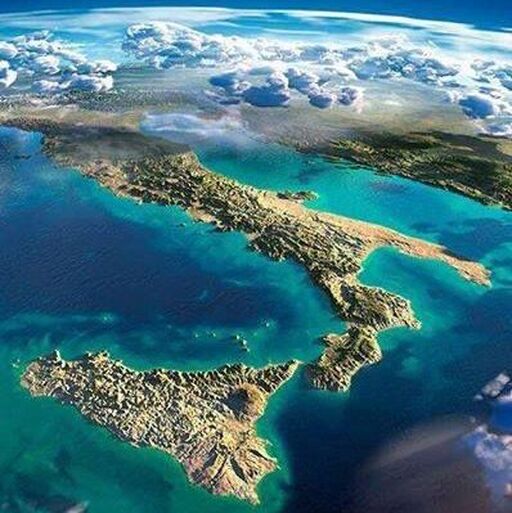
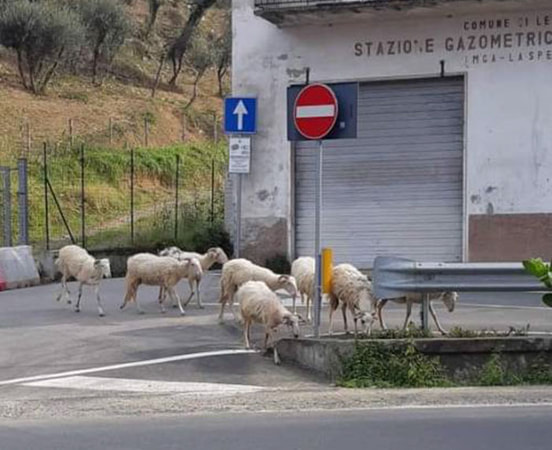
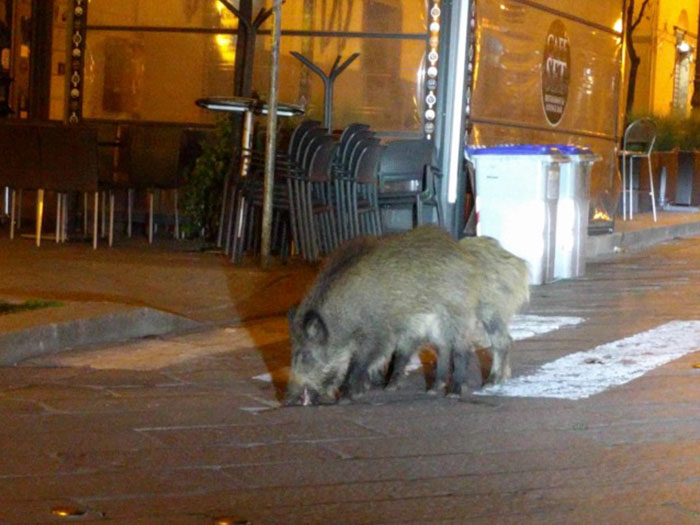
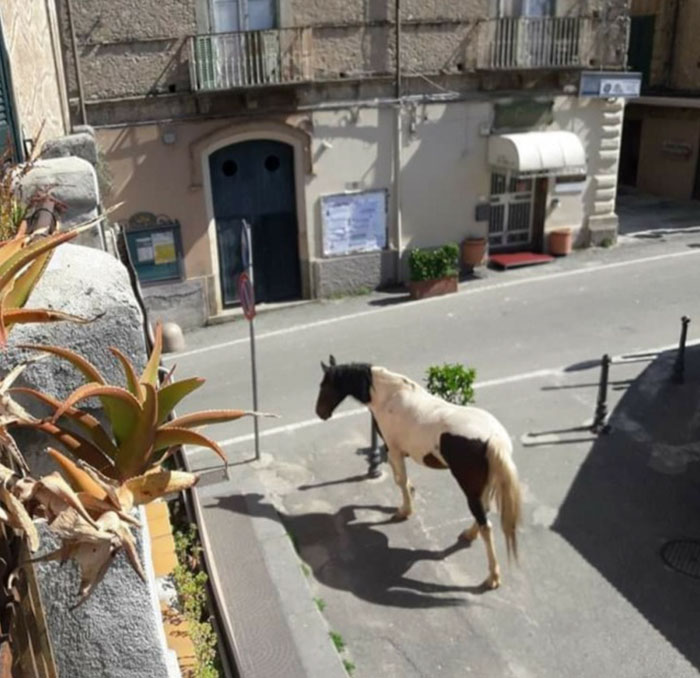
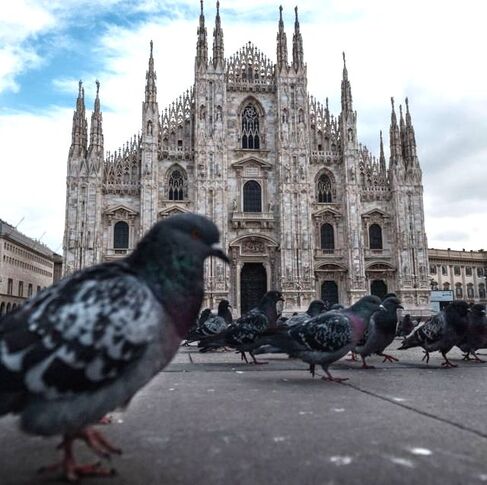
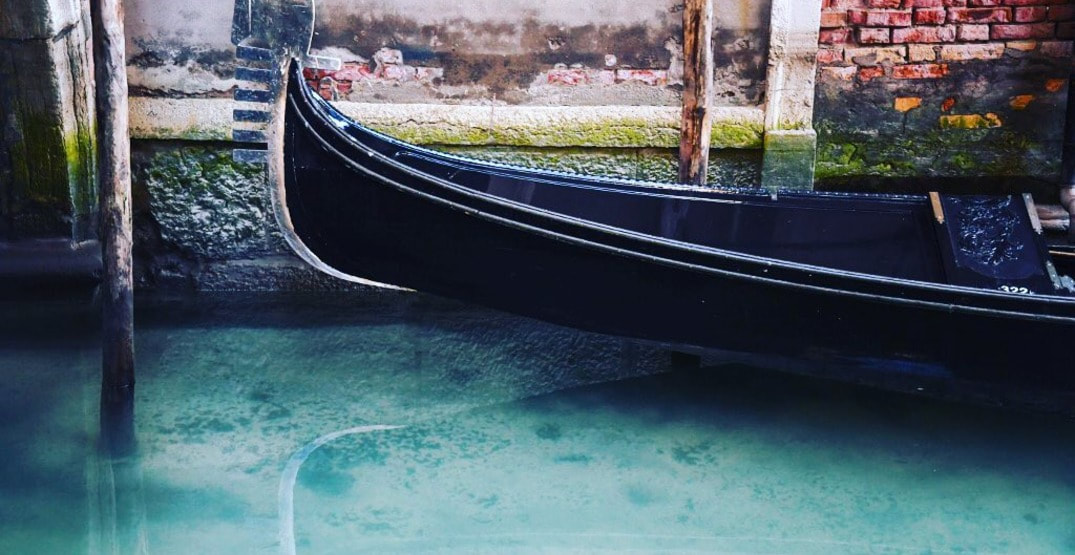
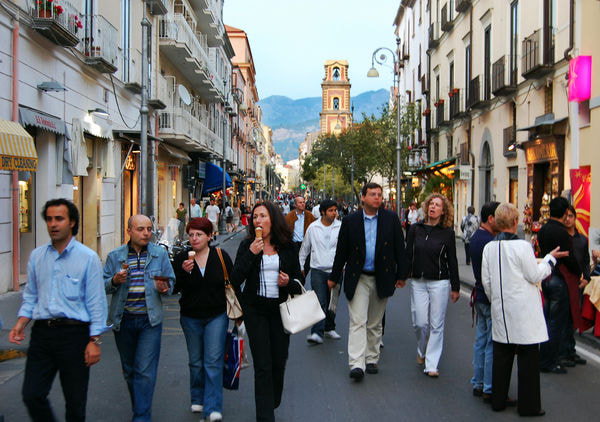
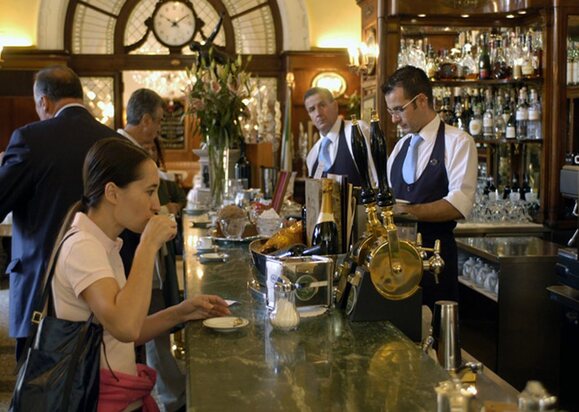
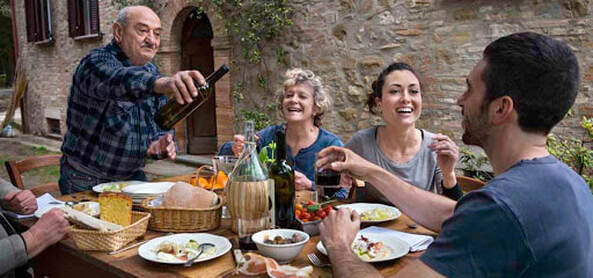
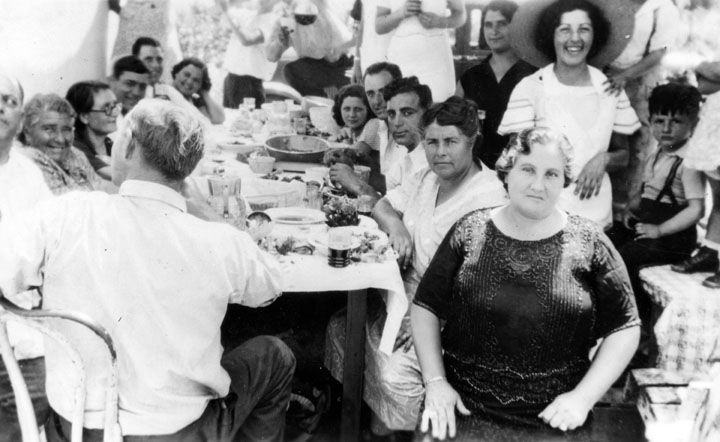
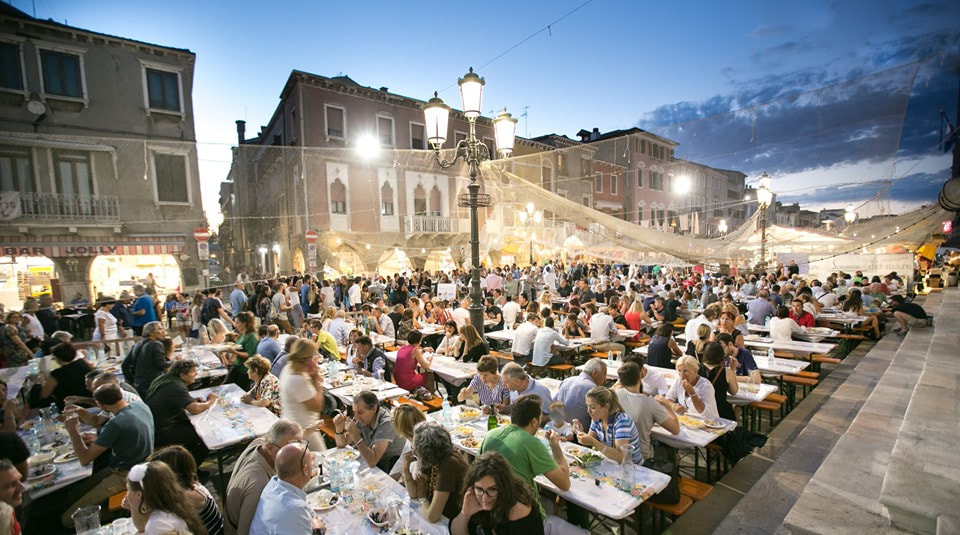
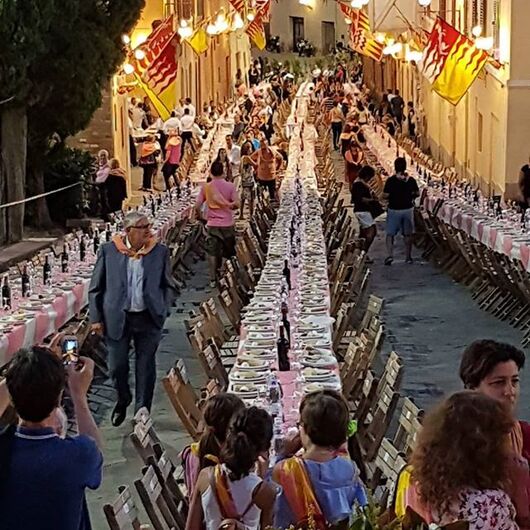
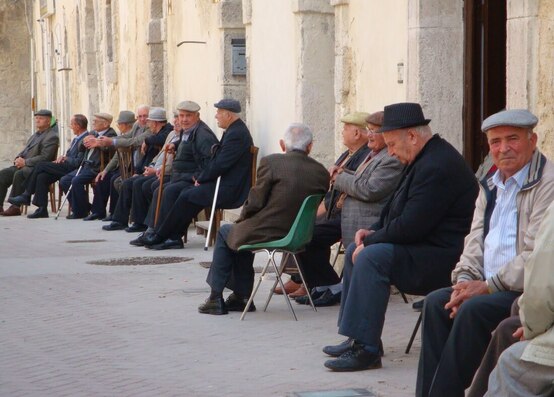
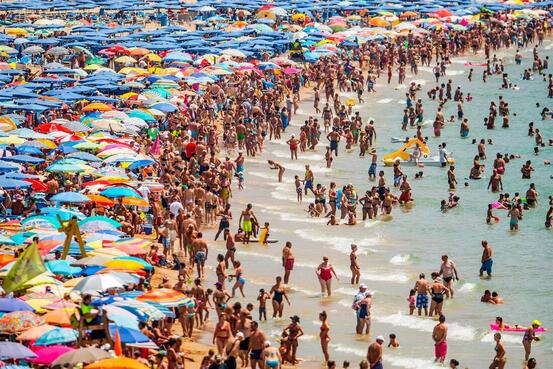
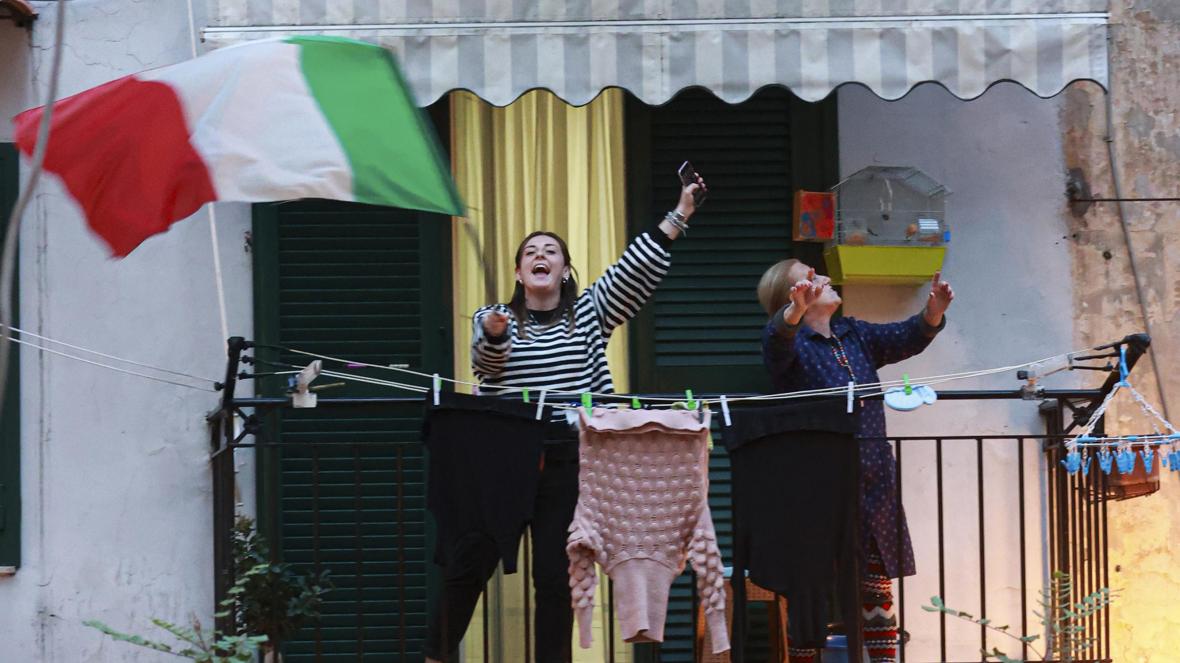


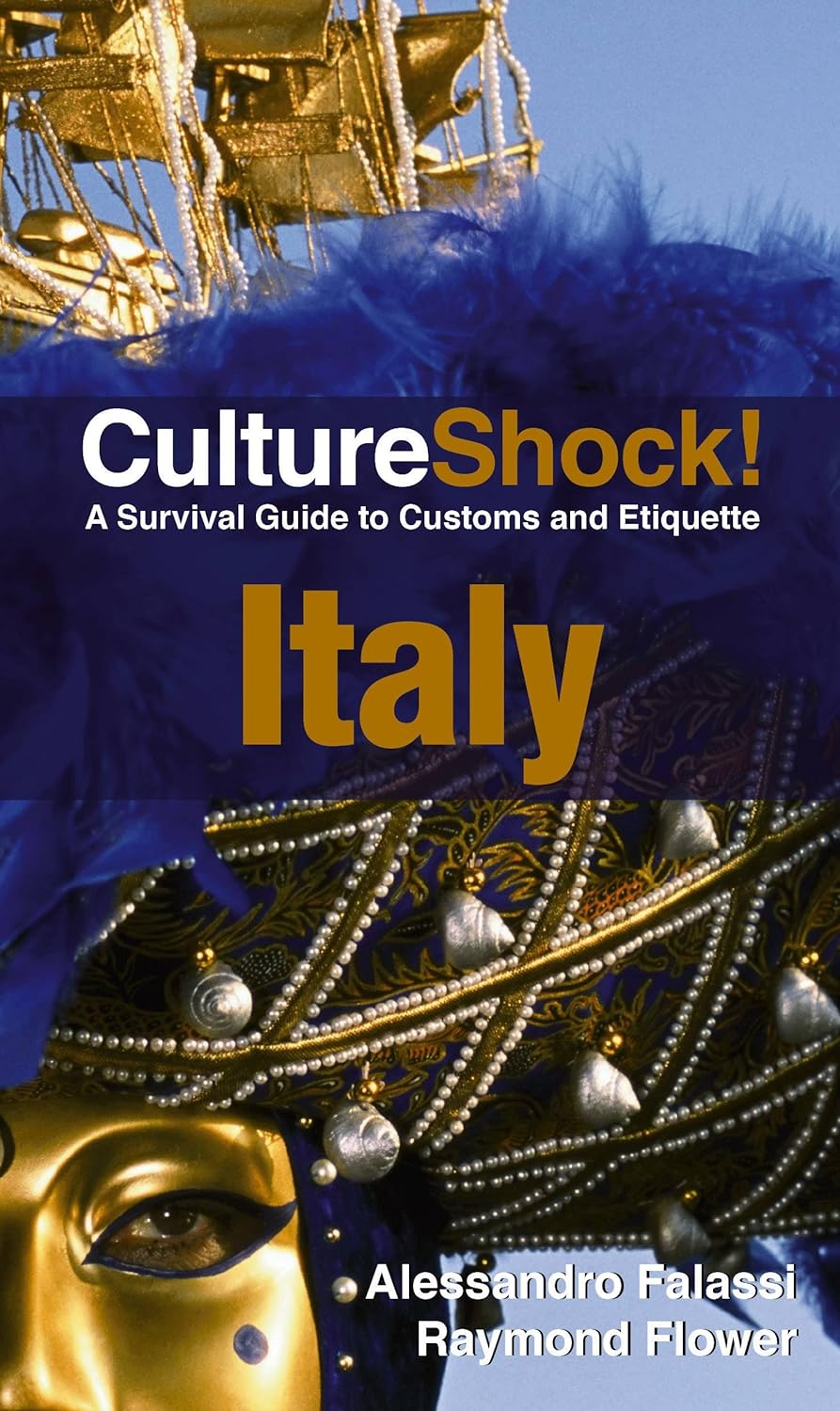
 RSS Feed
RSS Feed

